Institute for Research on History of Children’s Literature joined IKAJA
This year, the Institute for Research on the History of Children’s Literature Joined the International Kamishibai Association of Japan (IKAJA). IKAJA is Japan’s largest kamishibai association. It was established in 2001 to do research on kamishibai theory, apply them to kamishibai performances and promote this wonderful medium to bring people together. Since then, IKAJA members have traveled to numerous countries to hold seminars and has international members in 52 nations. The Institute for Research on the History of Children’s Literature is now a new member of this big family.
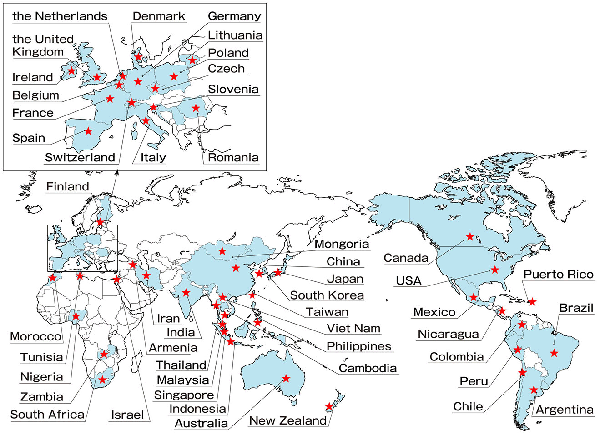
What is Kamishibai?
Kamishibai was born in Japan around 1930, and it has developed as a form of publication for children (created by authors and illustrators) since the 1950s, becoming an established part of Japanese children’s culture. It has now begun to spread throughout the world.
The wonder of kamishibai stems from the joy of kyokan (shared feeling) experienced by the performer and audience as they explore the world of a story.
Kyokan grows out of kamishibai’s unique format and features. To present a kamishibai, you put it into a butai (wooden stage). To perform, you slide each sheet out and then back in. In this way, the kamishibai story proceeds. The text is printed on the back of each sheet, so you need a performer, and the performer faces the audience to deliver the content. When the performer slides out each sheet, the story world extends into the real world. And the performer and audience start to feel kyokan related to the story, through verbal and nonverbal communication with each other.
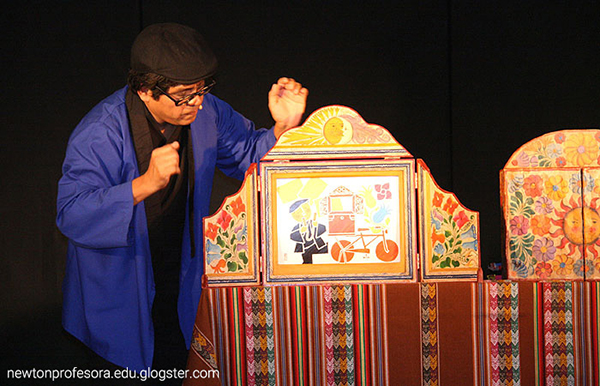
World Kamishibai Day
Since 2018, IKAJA has identified December 7th as World Kamishibai Day. On this day, they encourage enthusiasts from around the globe to wish for peace on Earth while sharing kamishibai together. They invite people to spread the joy of kyokan, the sharirng of feelings, to live life together. Last year, 65 kamishibai events were held across 20 countries. The association hopes that bringing people together through kamishibai will make war disappear, and make peace instead.
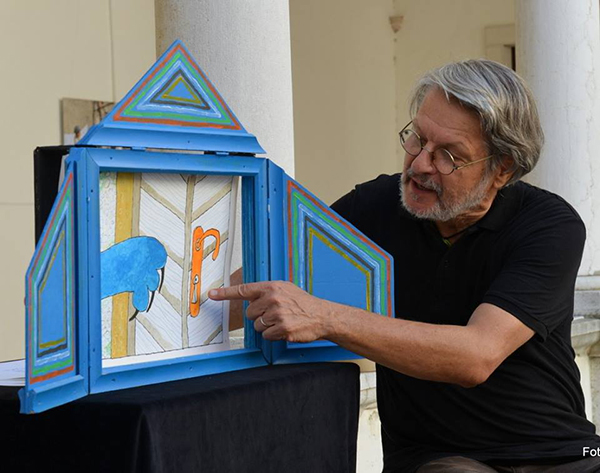
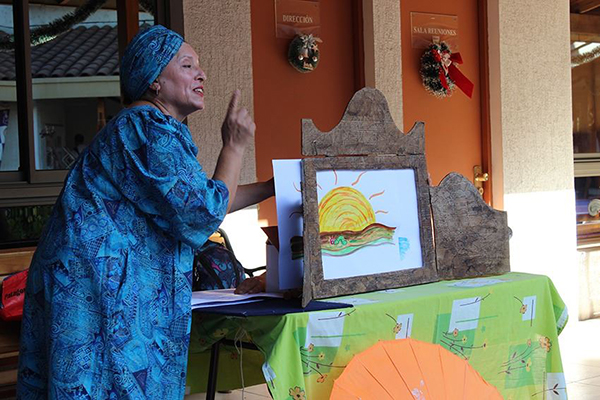
Kamishibai in Iran
The Institute for Research on the History of Children’s Literature Publishing House has by far published two kamishibais: “Lemon Tree and the Forelock Bird” and “The Sparrow Who Had Wings and Tail”. Both of them are written in rhythmic verse. “The Sparrow Who Had Wings and Tail” is the story of a mother sparrow and her offspring in a rainy autumn. In 2016, it was listed among the best stories of the “Flying Turtle Award”. “Lemon Tree and the Forelock Bird” also has a rhythmic narrative. It warns about pollution and its consequences.
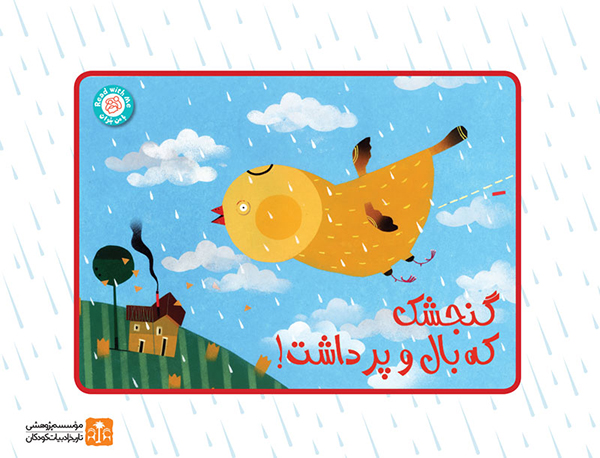
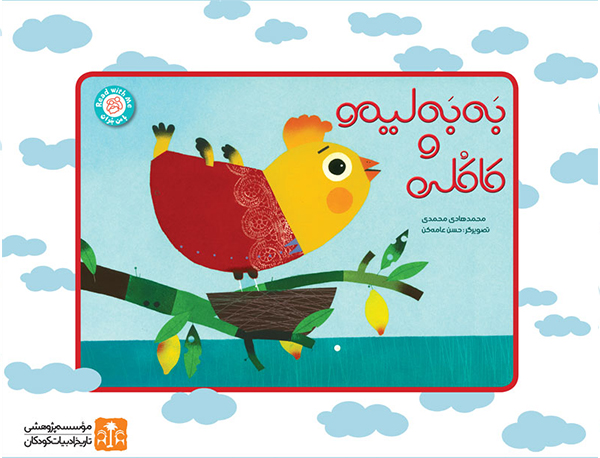
There is a beautiful butai (wooden stage) at Iranak Museum of Childhood. This museum is not just about artifacts and documents, it is also about narratives and plays. That’s why performing kamishibai and introducing this form of storytelling is part of its activities.
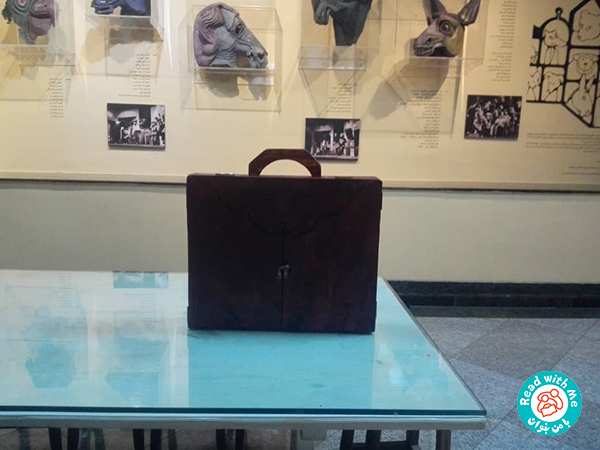
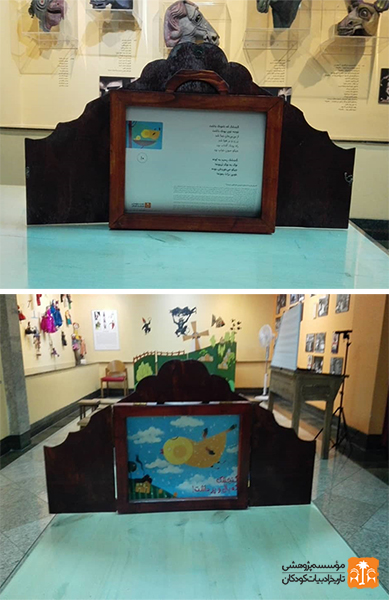

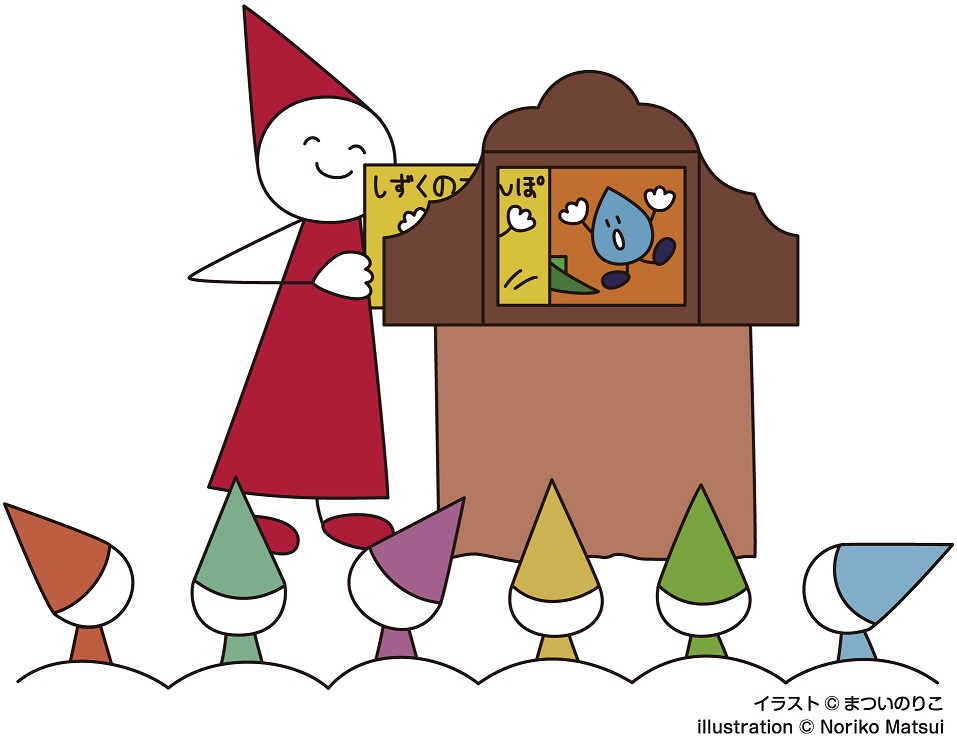


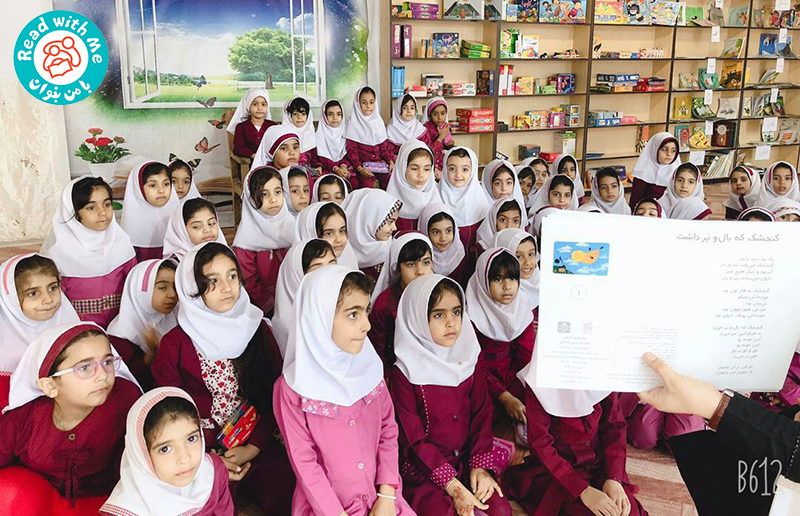
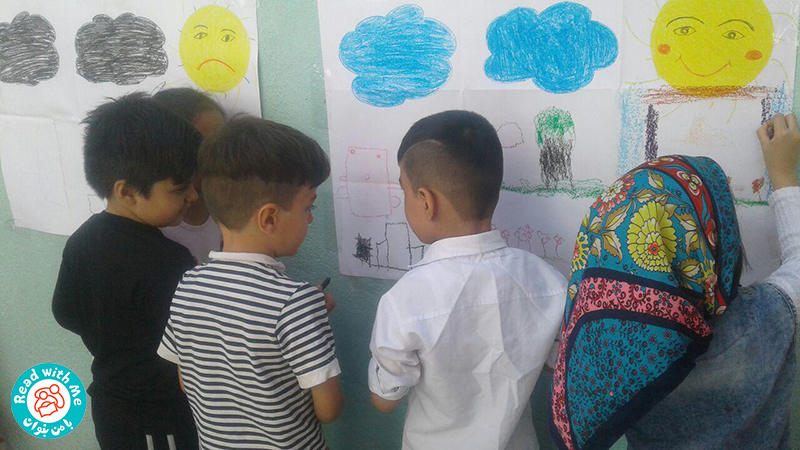

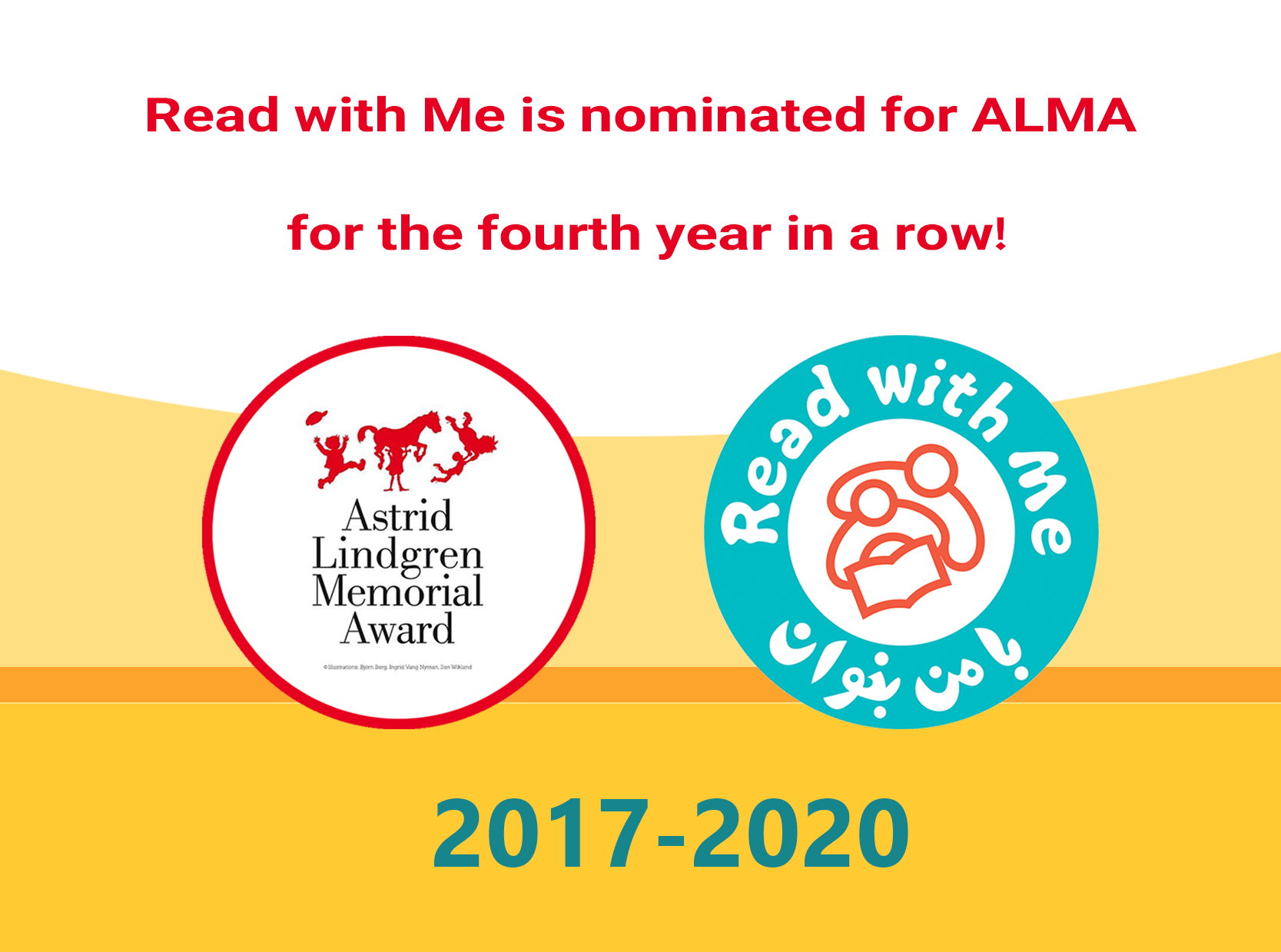



Leave a Reply
Want to join the discussion?Feel free to contribute!